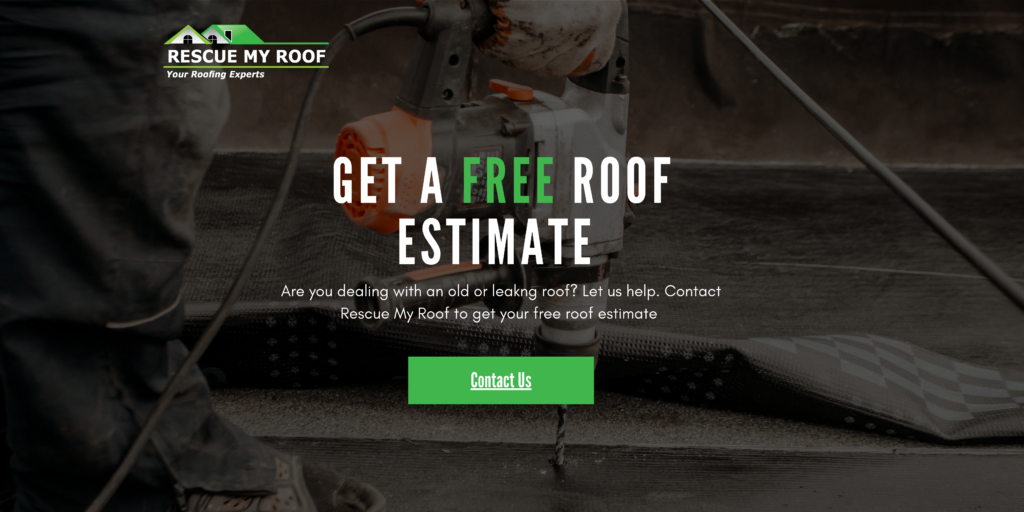Open Perils vs. Named Perils Homeowners Insurance (How to Choose)
Homeownership is a significant milestone for many, and protecting your investment is crucial. Homeowners insurance plays a vital role in safeguarding your property against unexpected events.
Rescue My Roof has been working with homeowners to protect their homes for over a decade. Today we’ll use our expertise to help you choose the best policy for your home.
When exploring homeowners insurance policies, it’s essential to understand the difference between open perils and closed perils policies. In this article, we’ll delve into the distinctions between these two types of coverage and help you make an informed decision about which policy suits your needs.
Open Perils Policies
An open perils policy, also known as an all-risk or comprehensive policy, provides coverage for a wide range of risks and perils unless explicitly excluded in the policy.
Essentially, with an open perils policy, your home and personal belongings are protected against any risk unless the insurance policy specifically states otherwise.
Advantages of Open Perils Policies
- Broad Coverage: The primary advantage of an open perils policy is its expansive coverage. It protects against a wide array of risks, including fire, theft, vandalism, and natural disasters, unless these perils are explicitly excluded in the policy.
- Flexibility: Homeowners with open perils policies enjoy flexibility in coverage. Since the policy covers most risks, you don’t have to worry about purchasing additional coverage for every potential threat.
- Comprehensive Protection: Open perils policies are designed to offer comprehensive protection, providing peace of mind to homeowners who want a broad safety net for their property and belongings.
Closed Perils Policies
In contrast, closed perils policies, also known as named perils policies, specifically list the risks and perils that the insurance policy covers.
If a peril is not explicitly named in the policy, it is not covered. Commonly covered perils include fire, theft, vandalism, and certain natural disasters.
Advantages of Closed Perils Policies
- Clarity: One of the main advantages of closed perils policies is clarity. Homeowners know precisely what is covered and what is not, reducing ambiguity and making it easier to understand their policy.
- Cost Savings: Closed perils policies may be more cost-effective for homeowners who want to tailor their coverage to specific risks. By only paying for coverage against named perils, homeowners can potentially save on insurance premiums.
- Customization: Closed perils policies allow homeowners to customize their coverage based on their perceived risks. If you live in an area with specific threats, you can choose a policy that addresses those concerns.
Choosing the Right Policy for You: 3 Considerations
The decision between open perils and closed perils policies depends on various factors, including your location, budget, and personal preferences. Here are some considerations to help you make the right choice:
- Location: If you live in an area prone to a wide range of risks, an open perils policy might be more suitable. On the other hand, if you are in an area with specific and predictable risks, a closed perils policy may suffice.
- Budget: Consider your budget and how much coverage you need. While open perils policies provide broad coverage, closed perils policies may be more cost-effective for homeowners with specific needs.
- Risk Tolerance: Evaluate your risk tolerance and how much uncertainty you are comfortable with. If you prefer comprehensive protection and don’t want to worry about every potential risk, an open perils policy might be the better choice.
Open vs. Closed Perils Policy: How to Choose
Whether you choose an open perils or closed perils homeowners insurance policy, the key is to understand the coverage and make an informed decision based on your unique circumstances.
Take the time to review policy details, exclusions, and consider seeking advice from insurance professionals. By doing so, you can ensure that your home and belongings are adequately protected, providing you with peace of mind as a homeowner.
Learn more about homeowners insurance with “The Top 8 Homeowner’s Insurance Vocab Words” and “3 Tips to Get A Roof Damage Insurance Claim Approved.”
Are you looking for roof repairs or a replacement in southeastern Wisconsin? Rescue My Roof has got you covered. Contact us today to get a free estimate.


